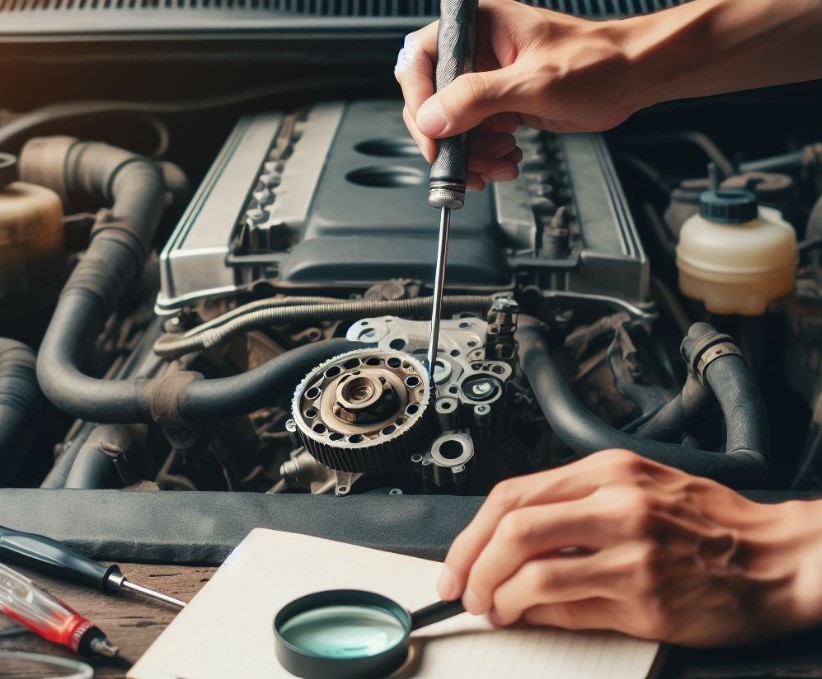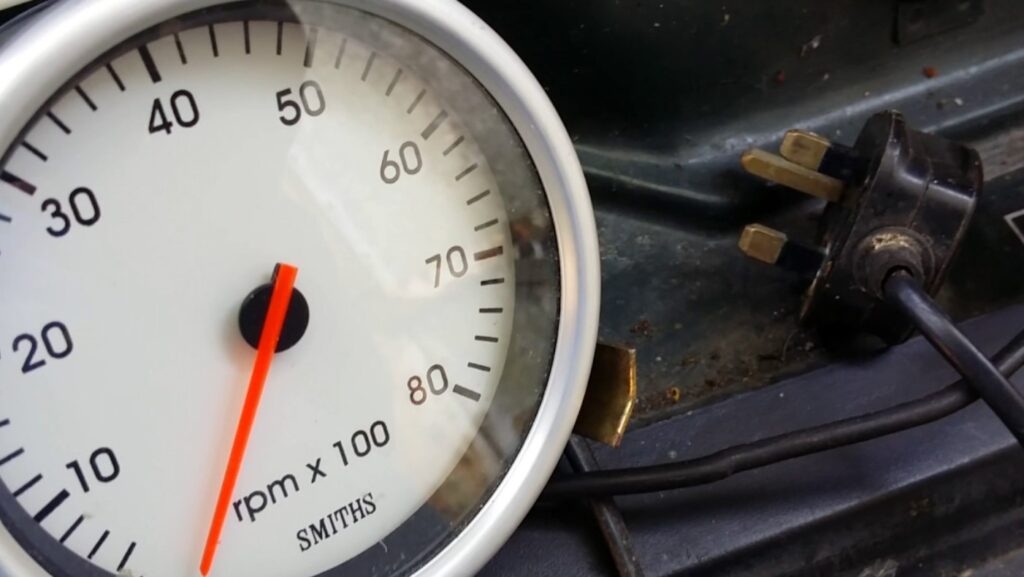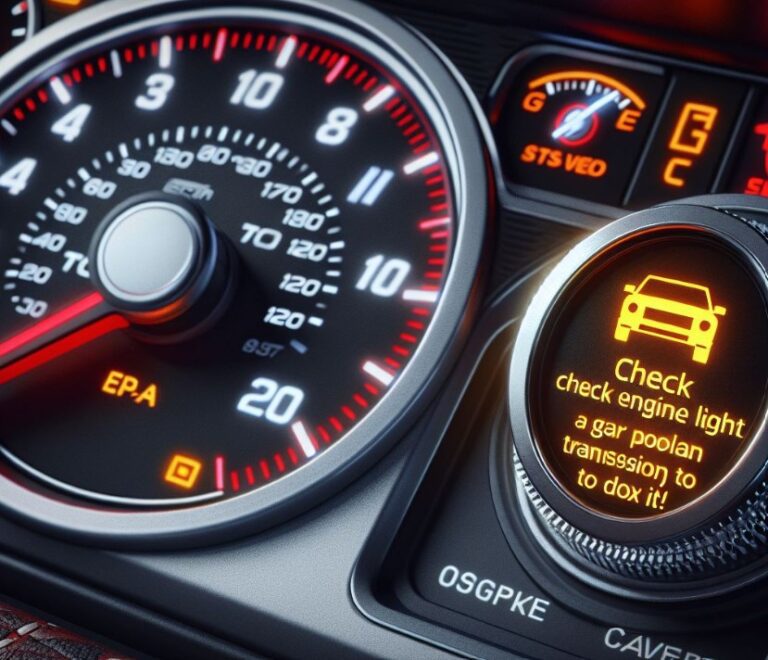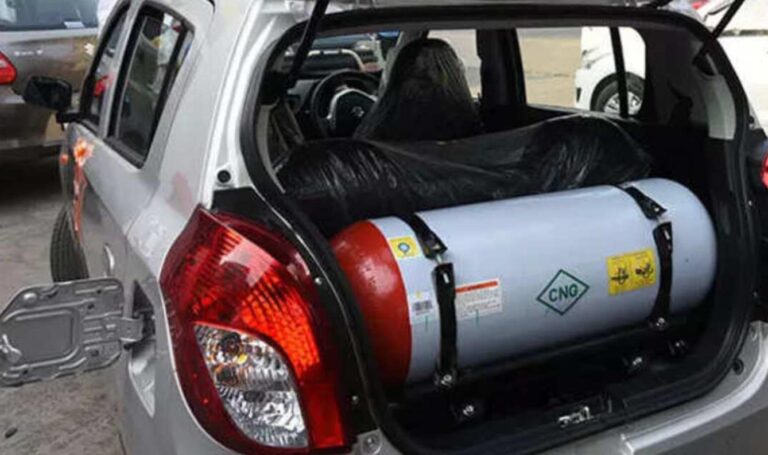How To Measure Engine RPM Without A Tachometer? Explained
Have you ever thought about How To Measure Engine RPM Without A Tachometer? When it comes to understanding and maintaining the health of your engine, knowing how to measure the RPM (Revolutions Per Minute) is essential.
However, what if you don’t have access to a tachometer, the standard tool for this task? Fear not, as there are several effective ways to measure engine RPM without a tachometer. In this comprehensive guide, we will delve into alternative methods, ensuring you can keep your engine in top condition.
Key Takeaways
- Understanding RPM: RPM, or Revolutions Per Minute, is a critical measure of an engine’s performance.
- Alternative Methods: There are several methods to measure RPM without a tachometer, including using a smartphone app, a multimeter, or observing engine behavior.
- Accuracy and Safety: While alternative methods can provide an RPM estimate, they may not be as accurate as a tachometer. Safety should be the primary concern when attempting these methods.
How To Measure Engine RPM Without A Tachometer?
Measuring engine RPM without a tachometer might seem challenging, but it’s quite feasible with the right approach. The first step is to understand what RPM is and why it’s crucial for your engine’s health. RPM indicates how many times your engine’s crankshaft rotates per minute, a vital metric for assessing performance and detecting potential issues.

Using a Smartphone App
A practical and modern solution is using a smartphone app designed to estimate engine RPM. These apps use the phone’s microphone to capture sound from the engine and analyze it to provide an RPM reading.
How do Smartphone Apps Work?
- Download and Setup: Choose a reputable app and install it on your smartphone.
- Positioning Your Phone: Place your phone near the engine to ensure it can accurately capture the sound.
- Interpreting the Data: The app analyzes the engine sound and displays an RPM reading.
Using a Multimeter
For those who prefer a more hands-on approach, a multimeter can be an effective tool. This method involves measuring the frequency of the ignition pulses.
Steps to Use a Multimeter
- Setup: Set your multimeter to measure frequency.
- Connection: Connect the multimeter to the ignition coil or spark plug wire.
- Calculation: Convert the frequency reading to RPM.
Observing Engine Behavior
Another method is to observe the engine’s behavior and sound. This method requires experience and a good ear for engine sounds.
Techniques for Observing Engine Behavior
- Listening to Engine Sound: Identify changes in engine pitch and noise.
- Feeling Vibrations: Notice the intensity of vibrations at different speeds.
- Visual Inspection: Look for engine movements that correlate with speed changes.
Ensuring Accuracy and Safety
While these methods can provide an estimate of the engine RPM, they may not be as accurate as a tachometer. It’s crucial to prioritize safety when attempting to measure RPM without a tachometer.

Tips for Accurate Measurement
- Cross-Reference Methods: Use more than one method to verify the RPM reading.
- Consult Experts: If unsure, seek advice from automotive professionals.
Safety Precautions
- Avoid Moving Parts: Be cautious around the engine to prevent injury.
- Use Proper Tools: Ensure your tools are in good condition and suitable for the task.
RPM Measurement Challenges
Measuring RPM without a tachometer can be tricky. It’s essential to be aware of the potential challenges and limitations of alternative methods.
Limitations of Alternative Methods
- Less Precision: These methods may not provide the exact precision of a tachometer.
- Varied Accuracy: Different engines and conditions can affect the accuracy of these methods.
Overcoming Challenges
- Practice and Patience: Familiarize yourself with these methods through practice.
- Seek Professional Help: If in doubt, consult with a mechanic.
The Importance of Engine RPM
Understanding the significance of RPM in engine performance is crucial. A healthy RPM range indicates a well-functioning engine.

RPM and Engine Health
- Indicates Engine Efficiency: RPM readings can help identify if the engine is running efficiently.
- Detects Potential Issues: Unusual RPM readings can be early signs of engine problems.
Balancing RPM for Optimal Performance
- Regular Monitoring: Keep track of RPM readings regularly.
- Adjustments and Maintenance: Make necessary adjustments to maintain optimal RPM levels.
Advanced Methods for RPM Measurement
For those seeking more advanced methods, there are specialized tools and techniques that offer greater precision in measuring RPM without a tachometer.
Using Sound Analysis Equipment
- Professional Audio Tools: Use specialized audio equipment to analyze engine sound.
- Detailed Sound Analysis: This method provides a more nuanced understanding of engine RPM through sound.
Innovative Technology Solutions
- Engine Performance Monitors: Utilize advanced gadgets that provide detailed engine data, including RPM.
- Integration with Vehicle Systems: Some modern cars have built-in systems that can estimate RPM.
How Do I Manually Check RPM?
Manually checking RPM without a traditional tachometer can be accomplished through several methods. One common approach is using a stopwatch or timer along with a reference point on the engine.
For instance, you can mark a component on the engine, like the crankshaft pulley, and count how many times it completes a full rotation in a set period.

You then calculate the RPM using the formula: RPM = (Number of rotations / Time in minutes) x 60. Another method involves listening to the engine’s sound and comparing it to known RPM benchmarks, though this requires experience and is less precise.
For a more technical approach, you can use a multimeter set to measure the frequency of the electrical pulses in the ignition system. The frequency measured can then be converted into RPM, considering that each pulse typically represents one engine rotation. However, this method demands an understanding of the vehicle’s electrical system and appropriate safety measures.
These manual methods provide an estimate but are not as accurate as digital tachometers. They are useful for quick checks or in situations where precise measurements are not critical.
What Is The Best Way To Measure Engine RPM?
The best way to measure engine RPM accurately is by using a digital tachometer. Digital tachometers provide precise and instant readings, making them the preferred choice for mechanics and automotive enthusiasts.
These devices measure the electrical pulses generated by the ignition system and display the RPM in real time. They are simple to use, require minimal setup, and are highly reliable.

For those without access to a digital tachometer, using a smartphone app designed for RPM measurement is a good alternative.
These apps use the phone’s microphone to pick up sound vibrations from the engine and convert them into RPM readings. While not as accurate as digital tachometers, they are convenient and suitable for non-critical applications.
Another reliable method, especially in professional settings, is using an engine diagnostic scanner. These scanners can read the engine’s computer data, providing accurate RPM readings along with a wealth of other engine performance information.
Can I Use My Phone As A Tachometer?
Yes, you can use your smartphone as a tachometer with the help of specialized apps. These apps are designed to measure the RPM of an engine by analyzing the sound it produces.
They use the phone’s microphone to capture the audio and then apply algorithms to estimate the RPM based on the frequency and characteristics of the sound.
While smartphone tachometer apps are convenient and readily accessible, their accuracy can be influenced by several factors, such as background noise, the quality of the phone’s microphone, and the app’s algorithm quality.
They are best suited for situations where an approximate RPM value is sufficient, and high precision is not required.
It’s also important to note that these apps may not work effectively on all types of engines, as different engines produce sounds with varying characteristics.
Therefore, it’s advisable to use these apps as a supplementary tool rather than a replacement for a traditional tachometer, especially in professional or critical applications.
Conclusion
Measuring engine RPM without a tachometer is not only possible but can be done with a degree of accuracy using various methods. Whether you opt for a smartphone app, a multimeter, or rely on your own observations, it’s essential to understand the limitations and prioritize safety.
Regularly monitoring your engine’s RPM is crucial for maintaining optimal performance and early detection of potential issues. Remember, while these methods are helpful, consulting with a professional for accurate diagnosis and maintenance is always recommended.
Frequently Asked Questions
Can I accurately measure engine RPM using just my ears?
Measuring engine RPM by ear requires experience and is less accurate. It involves listening for changes in engine pitch and noise. While it can give a rough estimate, it lacks the precision of technical methods.
Are smartphone apps reliable for measuring engine RPM?
Smartphone apps can be quite reliable, but their accuracy varies. They work by analyzing the sound of the engine. However, external noise and the quality of the phone’s microphone can affect their accuracy.
How do I use a multimeter to measure engine RPM?
To use a multimeter, set it to measure frequency, then connect it to the ignition coil or spark plug wire. The frequency reading is then converted to RPM. This method requires some technical knowledge and understanding of your vehicle’s electrical system.
What are the risks of measuring RPM without a tachometer?
The primary risk is inaccuracy, leading to misdiagnosing engine issues. There’s also a physical risk when working near moving engine parts. Always prioritize safety and consult professionals when in doubt.
How do different engine types affect RPM measurement methods?
Different engines, like diesel and petrol, have varying sound and vibration patterns, affecting the accuracy of auditory and observational methods. Technical methods like using a multimeter or smartphone app might need adjustments based on the specific engine type.

Welcome to the exhilarating world of Matt Rex, a professional car racer turned renowned vehicle enthusiast. Immerse yourself in his captivating blog as he shares heart-pounding adventures, expert reviews, and valuable insights on cars, trucks, jets, and more. Fuel your passion for speed and discover the beauty of vehicles through Matt’s engaging stories and meticulous expertise. Join the ever-growing community of enthusiasts who find inspiration and expert advice in Matt Rex’s blog—a digital hub where the thrill of speed meets the pursuit of knowledge.






![Can You Use 15w40 Diesel Oil In A Gas Engine? [Answered]](https://www.turbochaos.com/wp-content/uploads/2023/09/Can-You-Use-15w40-Diesel-Oil-In-A-Gas-Engine.jpg)
